There’s a moment that every serious charity shop hunter lives for. That split second when your fingers brush past some unremarkable polyester blend and suddenly—wait, what’s this?—you’re touching cashmere or merino or something else entirely too good to be sitting on a metal rail between a worn-out George at Asda jumper and someone’s discarded holiday shirt. I had one of those moments last Tuesday in a British Heart Foundation shop in Didsbury. Rain hammering down outside, that peculiar musty-book-and-fabric-softener smell inside, and suddenly there it was: a perfectly preserved Paul Smith jacket in exactly my size.
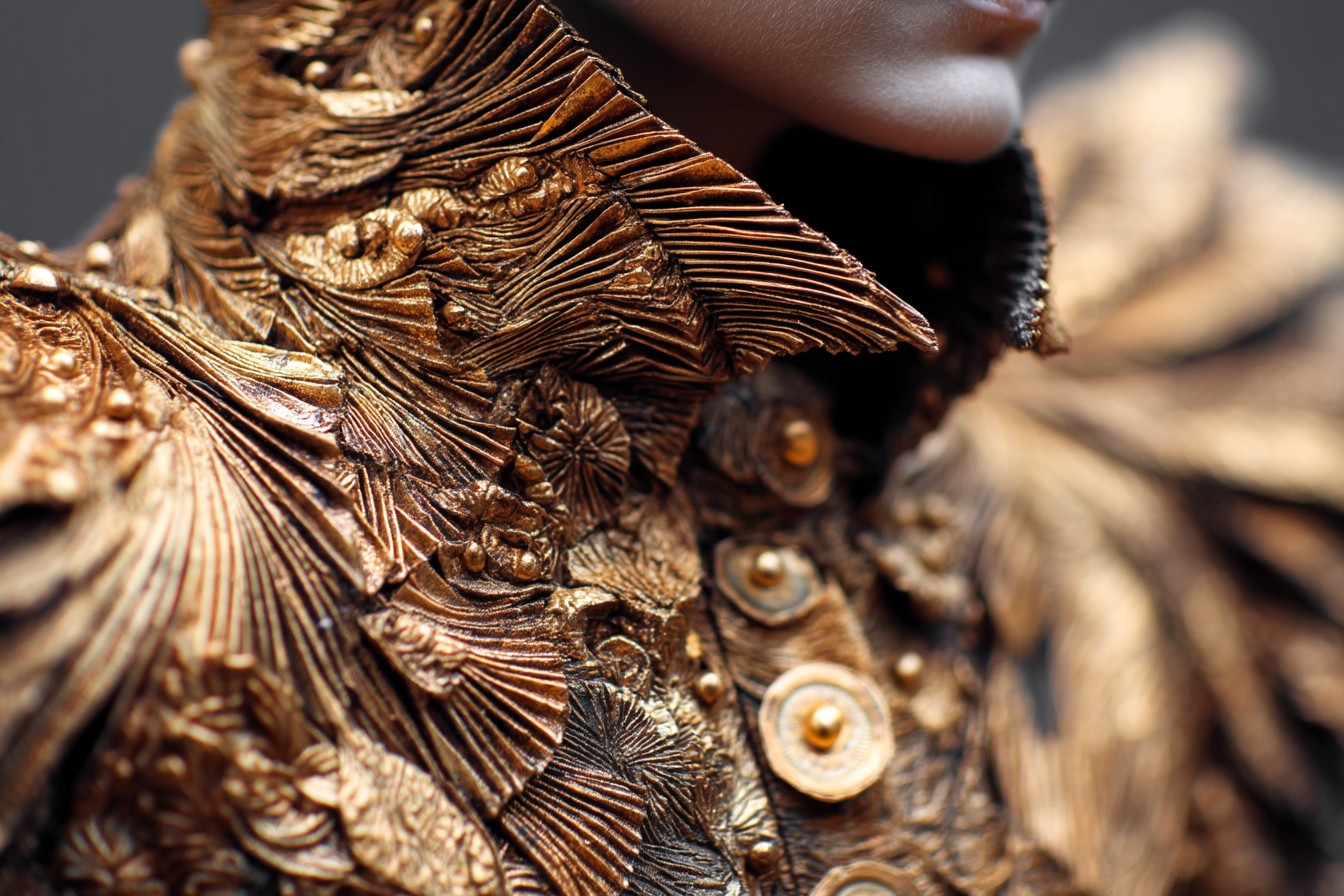
£18. Eighteen bloody quid. I actually glanced around to see if someone was playing a practical joke on me. The thing would’ve been north of £500 new. The charity shop ladies behind the counter didn’t bat an eyelid when I practically sprinted to pay for it, though one did say, “Oh, that’s a nice one, that is. Came in yesterday.” Which nearly killed me because I’d walked past the shop the day before and thought, nah, I’ll come back tomorrow. Could’ve missed it entirely.
I’ve been hunting in charity shops since university when it was less a hobby and more a financial necessity. My student loan barely covered rent and beans on toast, let alone any notions of dressing well. But I’ve kept at it long past the point where my bank balance strictly requires it because, honestly? The thrill of the find is addictive. Plus there’s something deeply satisfying about building a wardrobe of quality pieces while simultaneously giving money to good causes and keeping perfectly good clothes out of landfill. Win-win-win, that is.
Over the years, I’ve developed something of a system. Not foolproof by any stretch—there’s always an element of luck—but I’ve noticed patterns that significantly up your chances of scoring designer gold in the sea of fast fashion castoffs. And since I’m feeling generous (or perhaps because I’m writing this after three coffees and that makes me verbose), I’ll share my hard-won wisdom with you.
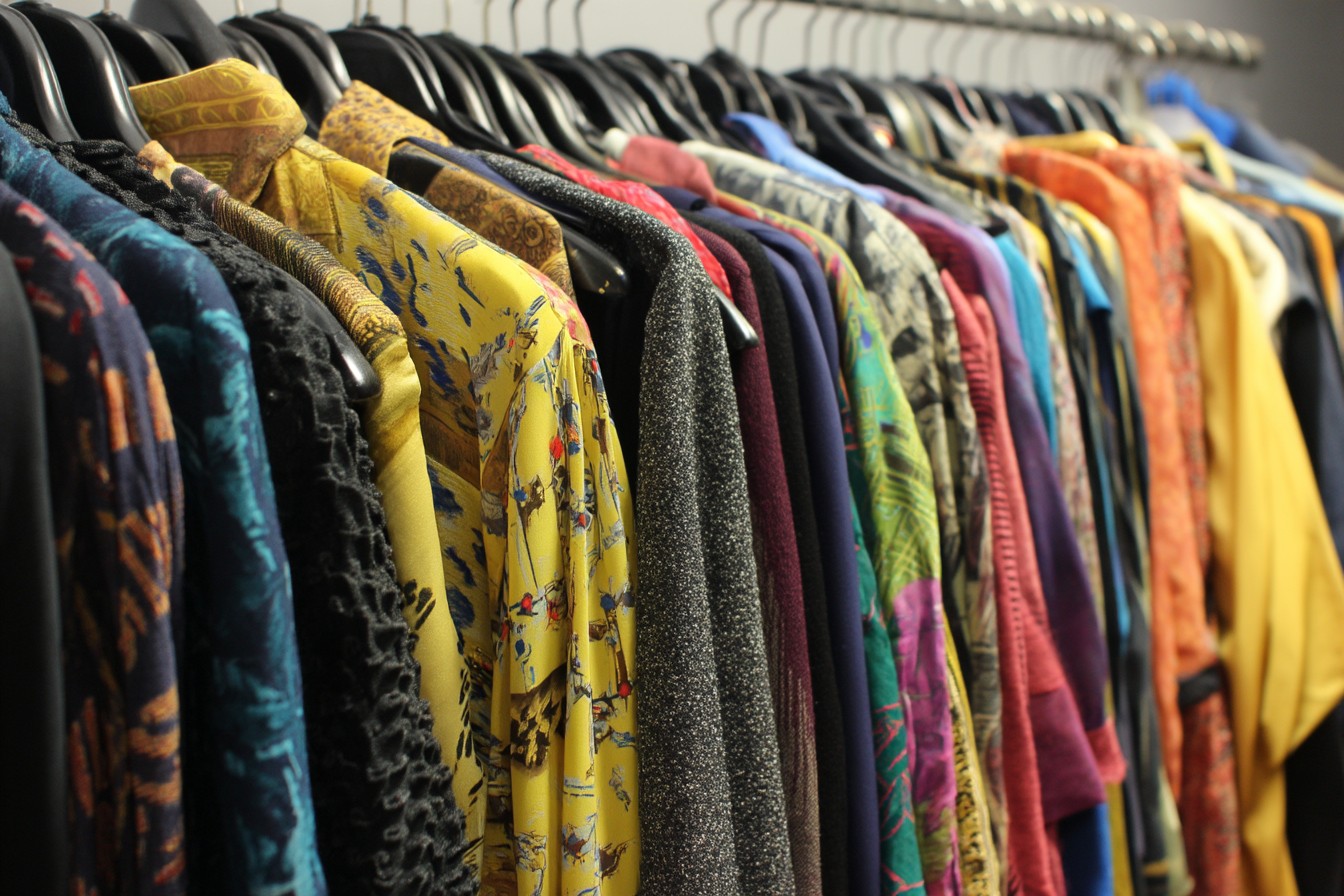
First off, location matters. A lot. I know it sounds obvious, but the socioeconomics of an area directly influence what gets donated. The charity shops in Alderley Edge or Harrogate or Richmond are going to yield very different results than those in, say, less affluent areas. I’m not saying don’t check the latter—I’ve found absolute treasures in the most unexpected places—but if you’re specifically hunting designer pieces, follow the money.
The sweet spot, I’ve found, is affluent villages and small towns where there’s a high concentration of professional couples in their 40s-60s. These are people who buy quality, take care of their clothes, and then donate them when they’re bored rather than when they’re worn out. University towns are another goldmine, especially at the end of term when international students can’t be bothered to ship everything home. I once found three pristine Sunspel t-shirts (tags still on) in an Oxfam in Durham in June. Some student’s loss was very much my gain.
Timing is crucial too. Midweek mornings, especially Tuesdays and Wednesdays, tend to be when most shops put out new stock. Monday donations get processed and Tuesday they hit the floor. Friday is the second-best bet, as shops gear up for Saturday traffic. Speaking of which, avoid Saturdays like the plague unless you enjoy competing with hordes of other bargain hunters who have exactly the same idea as you. I learned this the hard way after one too many elbows to the ribs in a Cancer Research shop in Bath. Never again.
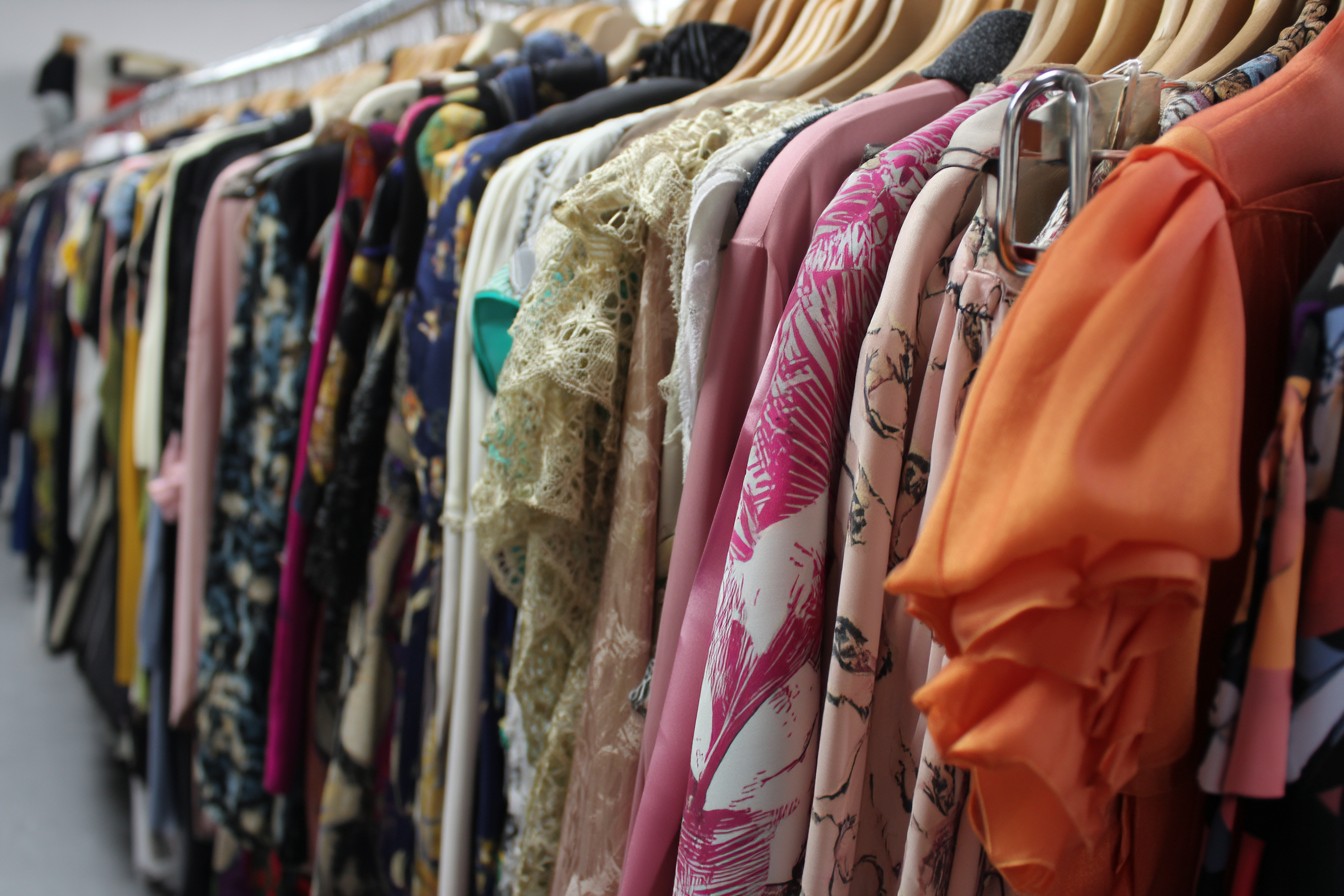
January is surprisingly excellent for menswear—post-Christmas clear-outs mean lots of barely-worn gifts from well-meaning relatives. “What do you buy the man who has everything? Apparently another blue jumper,” as my sister-in-law once sighed while watching my brother unwrap his fifth nearly identical sweater one Christmas. Those jumpers inevitably end up donated come January.
Now, once you’re in the shop, have a strategy. Most people head straight for the obvious sections—suits, coats, knitwear. And yes, check those, but don’t neglect the areas others skip. The shirt rail is often a goldmine because good shirts get lumped in with bad ones, and most people can’t tell the difference at a glance. Learn to spot quality from three feet away—look for mother of pearl buttons (they catch the light differently), split yokes on the back of shirts, and fabric that hangs differently from the cheap stuff.
The best indicator is often the feel. Quality wool, cotton, linen all have a weight and texture that synthetic fibers or cheap blends can’t replicate. I can usually eliminate 80% of a rail with a quick brush of my hand without even looking at labels. My wife calls it my “textile radar” and makes fun of me for it, but she’s not complaining when I bring home a Loro Piana shirt for a fiver, is she?

Always, always check inside labels and construction. I flipped a plain navy jumper inside out once and discovered it was a Jil Sander piece that had been donated with the labels cut out (probably from a sample sale originally). The construction was immaculate—flat-locked seams, perfect finishing—which is what made me check closer in the first place. Worth every penny of the £4.50 I paid for it.
The other thing—and this might sound mad, but trust me—is to be nice to the staff. I don’t mean in a calculating way, just… be a decent human being. Chat to them. Remember their names. The ladies who run the charity shop near my flat now keep an eye out for anything they think I’d like. “We had this lovely linen shirt come in, and I thought of you, so I put it aside,” said Jean last month, producing a perfect Officine Générale piece from behind the counter. Nearly wept with gratitude, I did.
Having said all that, there are some things you’re unlikely to find no matter how strategic you are. Really high-end designer shoes rarely appear—people tend to wear good shoes until they’re genuinely worn out. Same with quality jeans. And anything currently trendy gets snapped up by the shop staff or their friends before it ever hits the sales floor. That’s just the way it is.
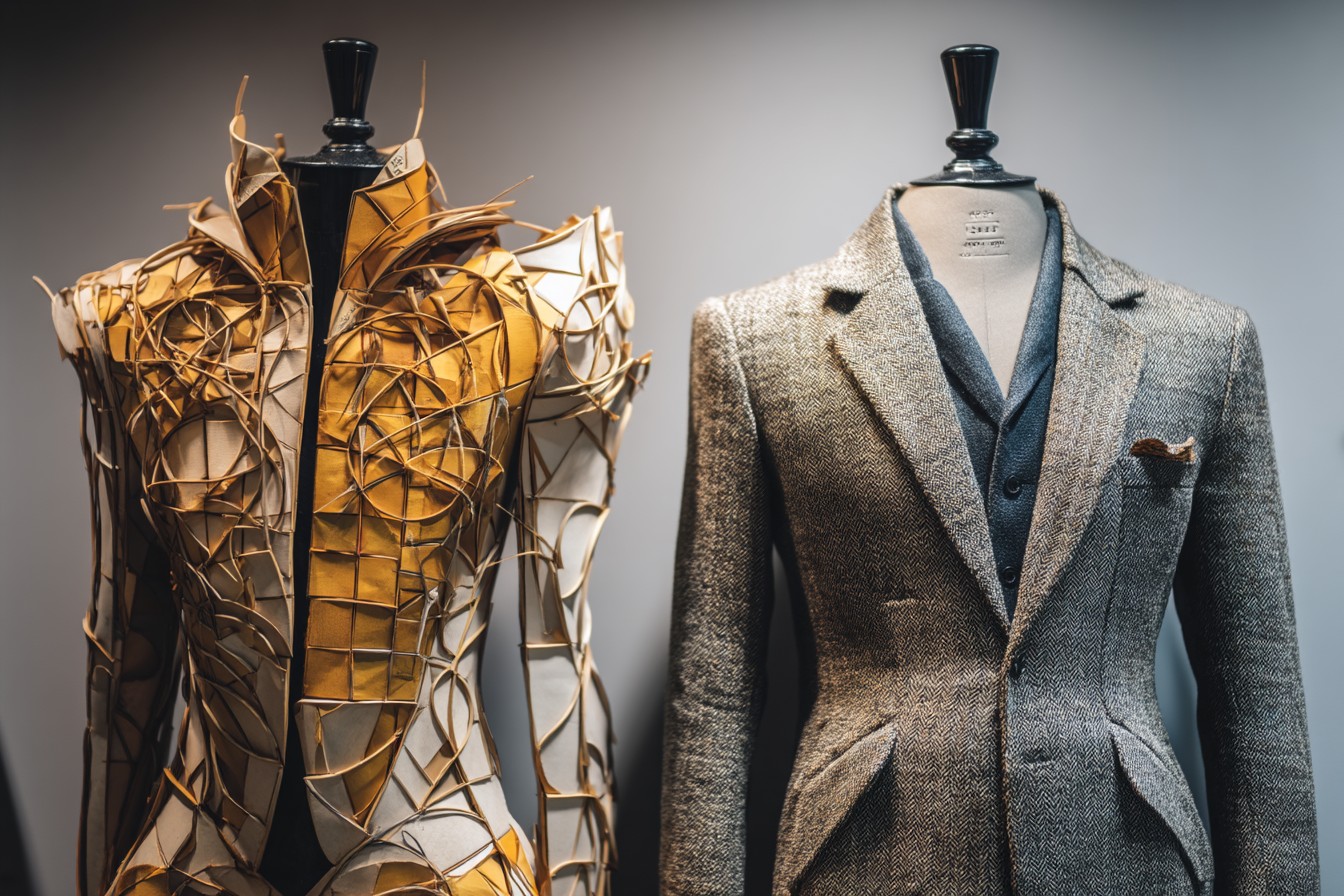
You’ve also got to be prepared for disappointment. For every perfect Paul Smith jacket, there are twenty trips where you find absolutely nothing. That’s part of the game. If you get frustrated easily, this might not be the hobby for you. I once went through a three-month drought where I swear every charity shop in a thirty-mile radius only had George at Asda and Primark donations. Dark times. I started questioning my methods, my luck, the entire concept of second-hand shopping. Then I found a perfect Burberry trench coat for £25 and all was right with the world again.
What about the really exclusive stuff? The Zegnas and Brunello Cucinellis of this world? They do appear—rarely—but you’re more likely to find them in charity shops that have wised up to designer donations. Places like Mary’s Living & Giving shops for Save the Children (curated by retail expert Mary Portas) actively sort and price designer pieces accordingly. You’ll pay more, but still a fraction of retail. The British Red Cross shop in Chelsea is another spot where you might find higher-end pieces at higher-end (but still bargain) prices.
The other strategy, if you’re after specific designers, is to look beyond traditional charity shops to consignment stores and vintage boutiques. Yes, they’re more expensive, but they’ve done the sorting for you. Places like Reign Vintage in London or The Vintage Showroom sometimes have incredible menswear pieces. I found a 1960s Aquascutum overcoat in perfect condition at a vintage place in Manchester that I treasure to this day.
Online has changed the game too, of course. eBay remains a treasure trove if you’re willing to wade through the endless listings. Vestiaire Collective and Grailed are good for specific designer pieces, though the real bargains are rarer there as sellers know what they’ve got. But there’s something about the physical hunt, the tactile experience of flipping through rails, that I find infinitely more satisfying than scrolling on my phone. Plus, you can’t feel the fabric online, can you? And as I’ve said, that’s half the battle.
My latest obsession is the British Heart Foundation’s furniture and electrical shops, which most people don’t realize often have a small clothing section tucked away at the back. Less competition, more chance of finding something good. Got a perfectly good Albam chore jacket for £12 last month while supposedly looking for a bedside table. Didn’t find the table, but honestly, who cares?
At the end of the day, the real joy of charity shop hunting isn’t just saving money—though that’s a definite perk. It’s about the thrill of discovery, the satisfaction of rescuing something beautiful that might otherwise be overlooked, and yes, the smug feeling when someone compliments your outfit and you get to say, “Thanks, charity shop, seven quid.” Their face is always a picture.
So next time you’re walking past that row of charity shops on your local high street, maybe duck in for five minutes. You never know what you might find. Just leave the good stuff in the Manchester shops for me, alright? I’ve got my eye on a couple of places that are due for a good donation any day now.
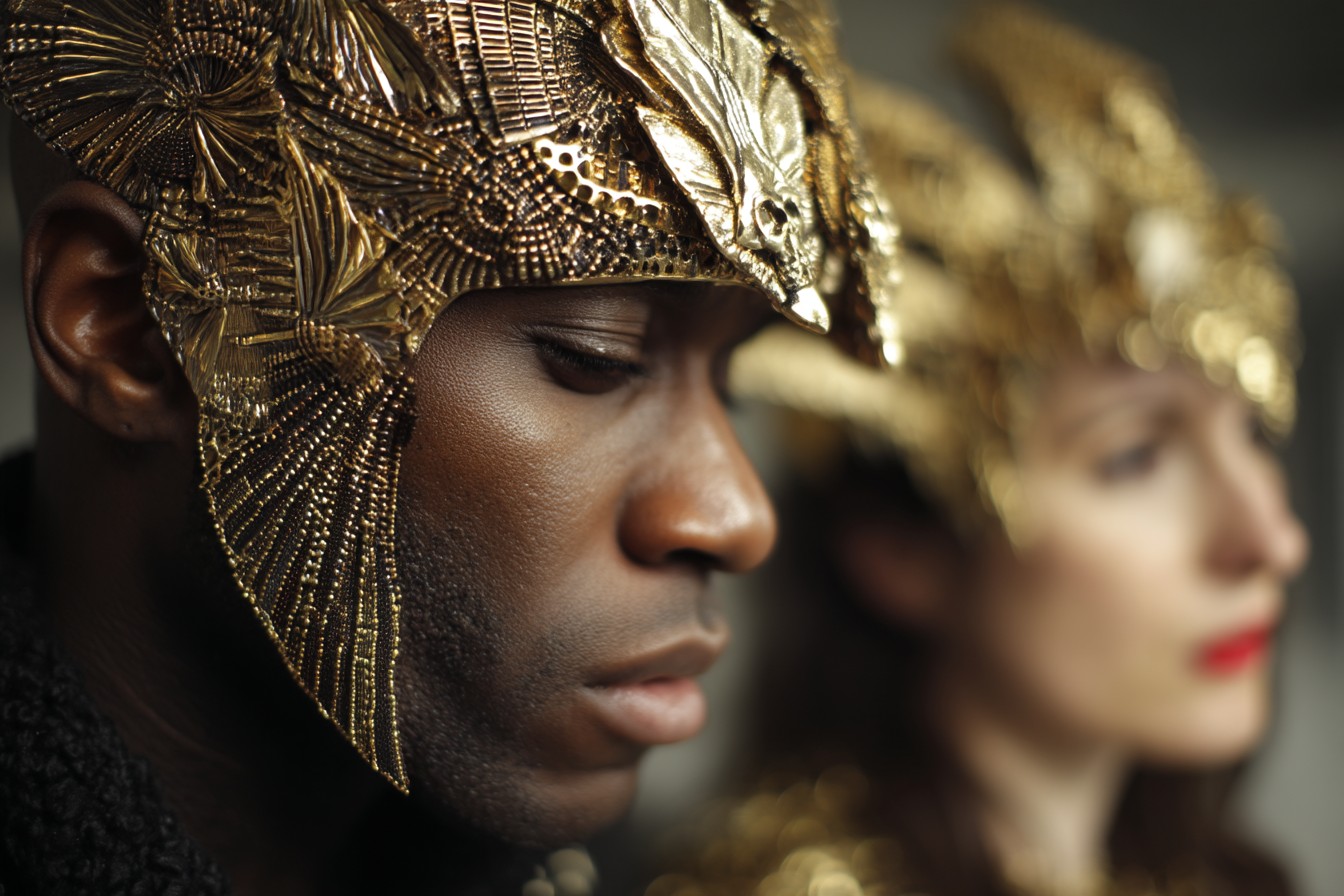
Leave a Reply